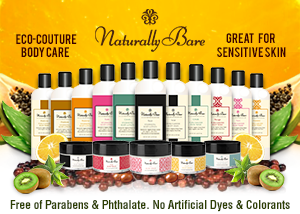Ingredient Intel: Triclosan

This is the first installment of our ongoing series aimed to help you better understand the ingredients—both desirable and undesirable—in your home cleaning and personal care products. We arm you with information and provide a solid assessment of each ingredient so you can make educated decisions for yourself and your family.
Ingredient: Triclosan
What it is: A chlorinated bisphenol in the form of a white powdered solid with a slight aromatic/phenolic odor; made from petroleum derivatives.
How it Works: Triclosan has been shown to have antibacterial and anti-fungal qualities. In use since 1972, today triclosan can be found in soap, hand soaps, dish-washing liquids, laundry detergents, shampoo, toothpaste, deodorants and antiperspirants, cosmetics, shaving creams, and even carpet padding (used to deter mold), plastic lawn furniture, and pesticides.
What’s the Problem? Triclosan has been brought under scrutiny because studies have shown that this ingredient can act as a hormone disruptor that’s been linked to reproductive and developmental harm in animal studies. In addition, it has been shown to produce carcinogenic chloroform when brought into contact with chlorine in treated tap water. Need any more convincing?
• Amazingly, bio-monitoring studies have found triclosan in the bodies of nearly 75 percent of Americans over the age of six.
• Laboratory studies have shown that triclosan is an endocrine disruptor capable of interfering with hormones critical for normal development and reproduction. Such hormonal interference has the potential to cause long-term health problems including poor sperm quality and infertility, and damage to the developing brain leading to poor learning and memory. Several studies suggest that triclosan also may contribute to the development of antibiotic-resistant bacteria, may exacerbate allergies, and may weaken muscle function.
• The Natural Resources Defense Council (NRDC) filed a lawsuit against the FDA in 2010 to push a decision on the safety and effectiveness of triclosan, something that had been left undetermined since the FDA began looking at the chemical in 1978. In December 2013, the U.S Food and Drug Administration proposed a federal rule that, if finalized, would remove the potentially hazardous chemical triclosan from consumer body washes and hand soaps. The outcome is yet to be determined. “This is a good first step toward getting unsafe triclosan off the market,” said Mae Wu, an attorney in NRDC’s health program. “FDA is finally taking concerns about triclosan seriously. Washing your hands with soap containing triclosan doesn’t make them cleaner than using regular soap and water and can carry potential health risks.”
• Triclosan’s effectiveness as a cleaning agent and antibacterial has also been brought into question. In addition, this chemical is persistent—it has been shown to linger and work for as long as 12 hours after use. This fact creates more opportunity for harm.
• Triclosan also endangers the environment. It’s been found in river sediment that’s over 30 years old and some fish have been found to have levels of triclosan in their systems thousands of times higher than of that recorded in the surrounding water.
How Can You Avoid Triclosan? Read product labels and look for triclosan in the ingredient list along with product claims such as “antibacterial” and “odor-fighting.” You can also look for the mention of Microban or Biofreshon (both containing triclosan) on consumer goods like clothing and toys.
Have more questions about triclosan? Please leave a comment—we’d love to help.



CONNECT WITH US